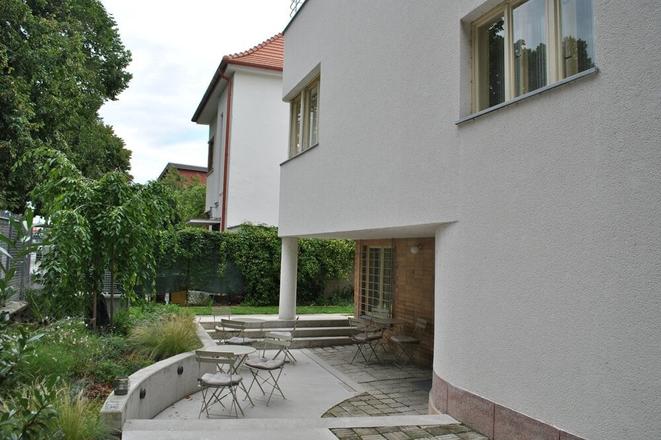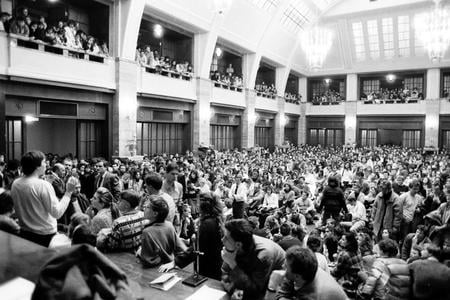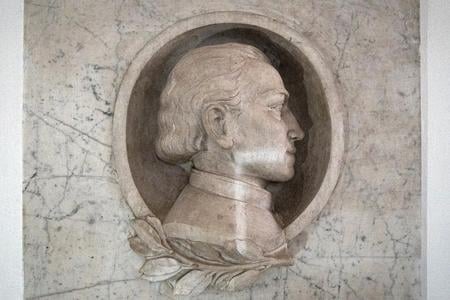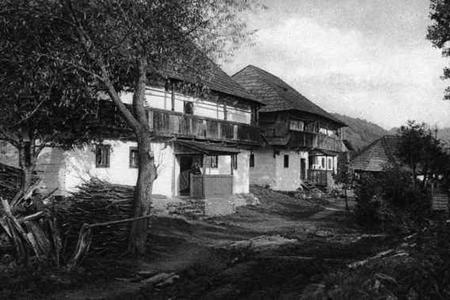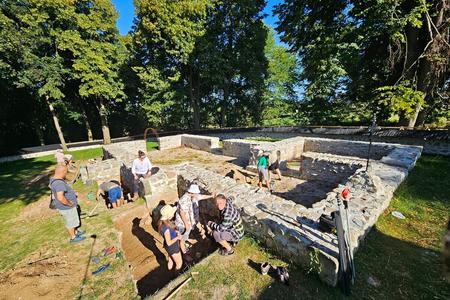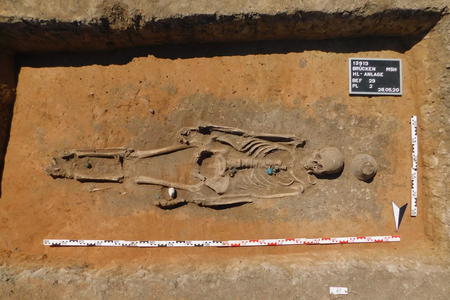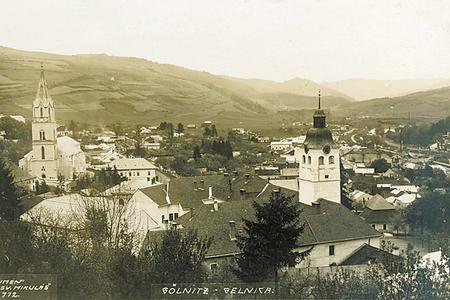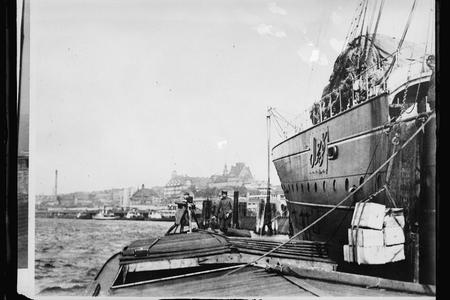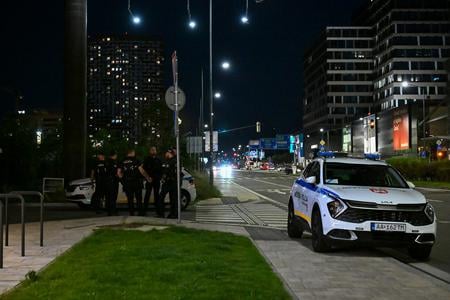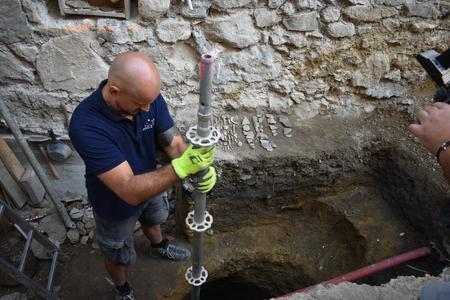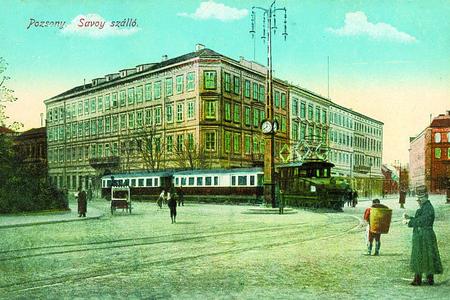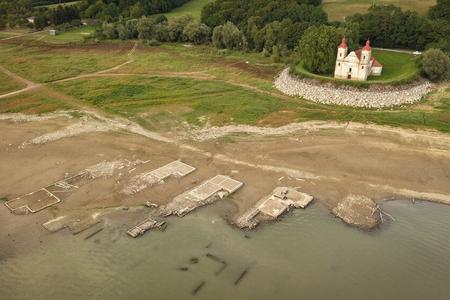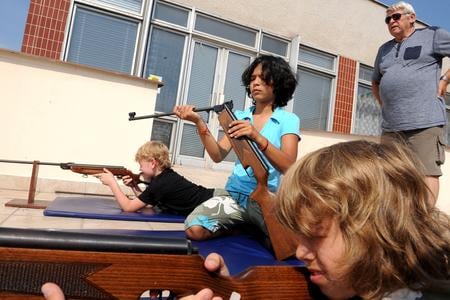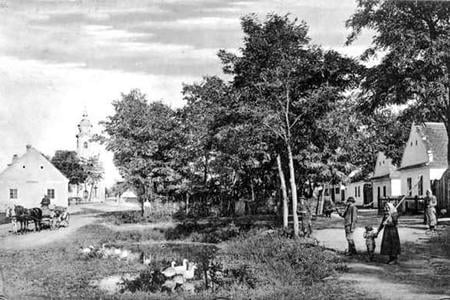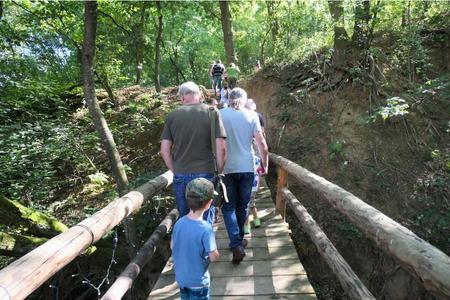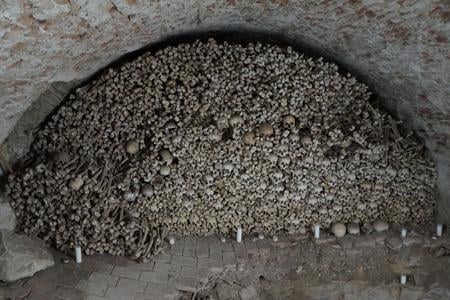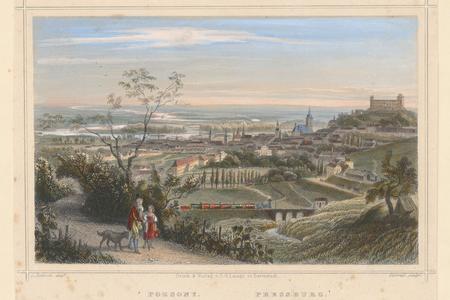History
The house that waited nearly a century to be seen
For decades, Vila K was just another ageing building. Now, after a careful restoration, it tells a story that is part architecture, part memory, and wholly human.
Slovak schools and universities rethink schedules after November 17 holiday scrapped
Government move to end day marking fall of communism forces educators to adjust plans and look for new ways to commemorate it.
The first Slovak novel finally speaks English
Two centuries after its scandal and censorship, Bajza’s René reaches readers worldwide — and still startles with its wit and ambition.
Piargy Mine: Kremnica’s German heritage
After 500 years, where was their homeland?
Child’s grave and 12th-century church uncovered in Slovak dig
Archaeologists working in Ostrá Lúka say the find is the earliest sacred architecture in the valley.
How the Slavs shaped Europe, without leaving a trace
With few graves and no writings, the Slavs’ story was long obscured. New genetic evidence reveals the migrations that shaped their many identities.
Q&A: When a president called a priest a fool
Political scientist Tomáš Jahelka explores T. G. Masaryk’s uneasy relationship with Andrej Hlinka — and what their clash reveals about the strains of the First Republic.
Masaryk’s secret letter, hidden for decades, reveals a leader’s private words
Dictated by Tomáš Garrigue Masaryk to his son, the document blends reflections on death with advice for governing a fragile, divided republic.
The golden age of Gelnica
From mining boom to "hunger valley".
How Slovak immigrants to America created a community for themselves
Pennsylvania became the actual centre of American Slovaks.
Nové Zámky and the fall of a fortress town
Built to protect central Europe, the town’s bastions became a symbol of power — until Emperor Charles III ordered them destroyed.
Second World War bomb discovered during building works in Bratislava — evacuation planned
Police shut down city-centre street after workers unearth giant American-made device.
Bones of Celtic sacrifice victims found at Slovak castle
Archaeologists find gruesome Late Iron Age burial site with remains of at least five people – including a child – beneath Trenčín Castle.
The start of the Bratislava-Vienna train
The Third Reich put an end to the train from Petržalka.
Receding waters at Slovak reservoir reveal Roman-era burial site
Nearly 80 urns containing cremated remains were uncovered at Domaša, a rare find in the country’s north-east.
The Slavia air rifle: A Cold War export that outlived the regime
Some of the model lines were exported even to the West.
The unique architecture of Malé Leváre
From “village of death” to safe haven.
Step back 4,000 years! Ancient burial site opens to the public
A tiny village has opened a trail through ancient mounds, Slavic relics and a statue of the nation’s first saint – built entirely by locals.
Beneath a bustling square, a hidden chamber of bones
Under Velvet Revolution Square in Bratislava lies an ossuary lined with hundreds of skulls – a medieval reminder of the city’s long, layered history.
Where stones remember: the shifting fortunes of Bratislava
From Celtic hillfort to Roman acropolis, from Mongol raids to baroque reinvention – the evolution of Bratislava is etched into its very stones.
- News digest: Fico’s Brussels blow-up, desert diplomacy & vaccine ally probe
- Brezno: a hidden alpine gem poised to become the ‘Slovak Semmering’ Photo
- Slovakia publishes crisis handbook amid EU warnings on Russia
- Top 10 events in Bratislava for foreigners
- Košice taps earth’s heat in long-awaited geothermal project Photo
- Dozens injured in train crash in southeastern Slovakia Photo
- Up to 18 hours of waiting: Patients struggle for emergency care after Malacky closure
- 3 free things to do in Bratislava in the next seven days
- News digest: Move over, politicians — US stars just sold Slovakia better Video
- Top 10 events in Bratislava for foreigners
- Brezno: a hidden alpine gem poised to become the ‘Slovak Semmering’ Photo
- Dozens injured in train crash in southeastern Slovakia Photo
- News digest: Fico’s Brussels blow-up, desert diplomacy & vaccine ally probe
- Up to 18 hours of waiting: Patients struggle for emergency care after Malacky closure
- News digest: PM Fico’s had enough of general prosecutor
- Slovakia publishes crisis handbook amid EU warnings on Russia
- Dozens injured in train crash in southeastern Slovakia Photo
- Unexpected journey leads Slovak curator to Vienna’s Belvedere Palace
- From potato peels to a patent – how Slovak scientists are using kitchen waste to help make sensors Photo
- Fatal fire breaks out in high-rise in Bratislava’s Ružinov borough Photo
- News digest: Fico grabs the Orbán playbook (again) — Brussels, brace yourself
- News digest: Move over, politicians — US stars just sold Slovakia better Video
- Police storm Slovak restaurant to detain ‘godfather of Cologne’
- They sold their flat in Switzerland and moved to eastern Slovakia. Why? Photo
- From potato peels to a patent – how Slovak scientists are using kitchen waste to help make sensors Photo
- Dozens injured in train crash in southeastern Slovakia Photo
- They sold their flat in Switzerland and moved to eastern Slovakia. Why? Photo
- Unexpected journey leads Slovak curator to Vienna’s Belvedere Palace
- Police storm Slovak restaurant to detain ‘godfather of Cologne’
- News digest: Move over, politicians — US stars just sold Slovakia better Video
- Last Week: Fico’s mid-term manifesto is a litany of resentments
- Travel tips (and common misunderstandings) while travelling across Slovakia
- Slovak scientists help discover new fungi species in Europe, North America Photo
- 3 free things to do in Bratislava in the next seven days
- News digest: Fico’s Brussels blow-up, desert diplomacy & vaccine ally probe
- Košice taps earth’s heat in long-awaited geothermal project Photo
- Slovakia publishes crisis handbook amid EU warnings on Russia
- Up to 18 hours of waiting: Patients struggle for emergency care after Malacky closure
- “I stopped being afraid”: Theatre director on leaving Slovakia and finding his voice
- Top 10 events in Bratislava for foreigners More articles ›

